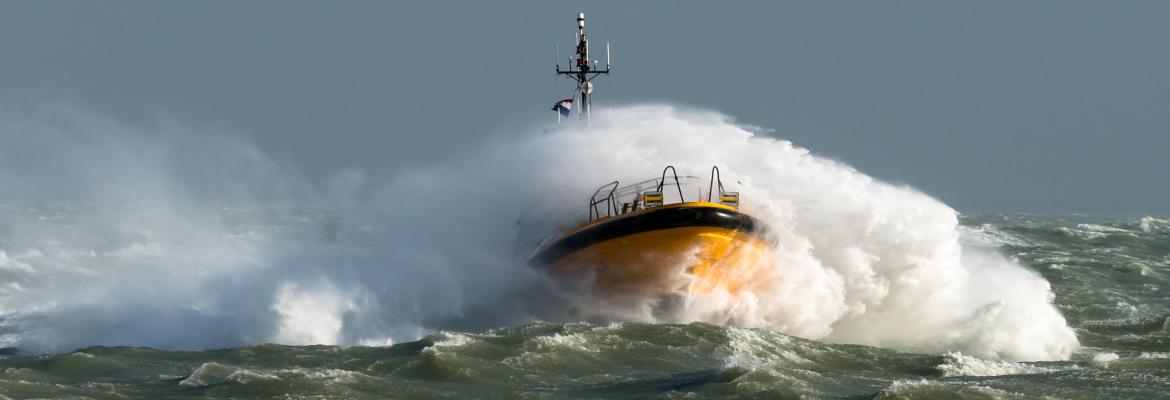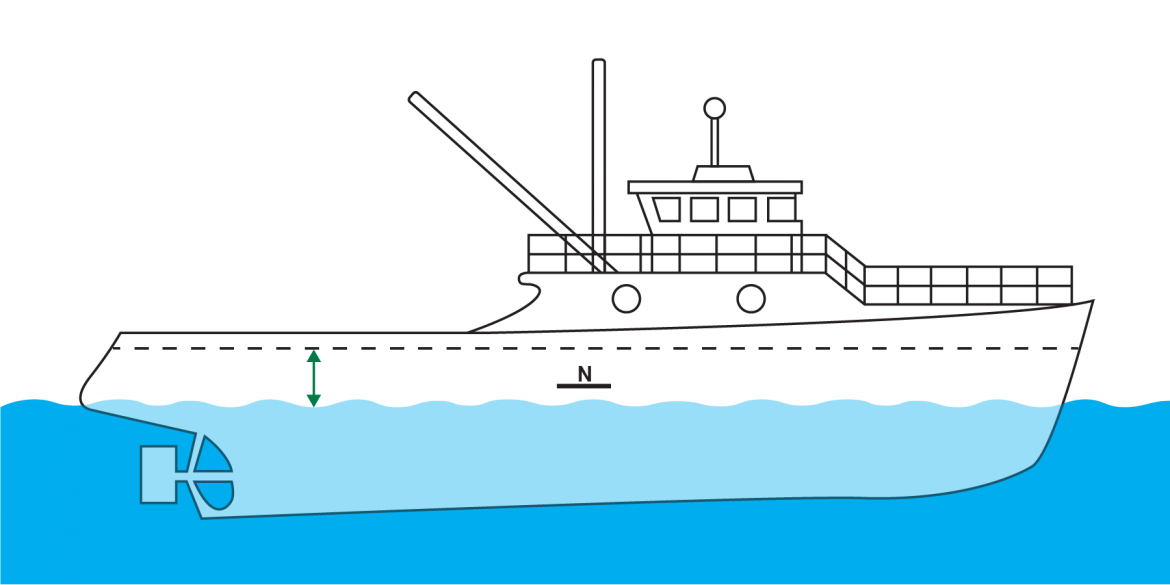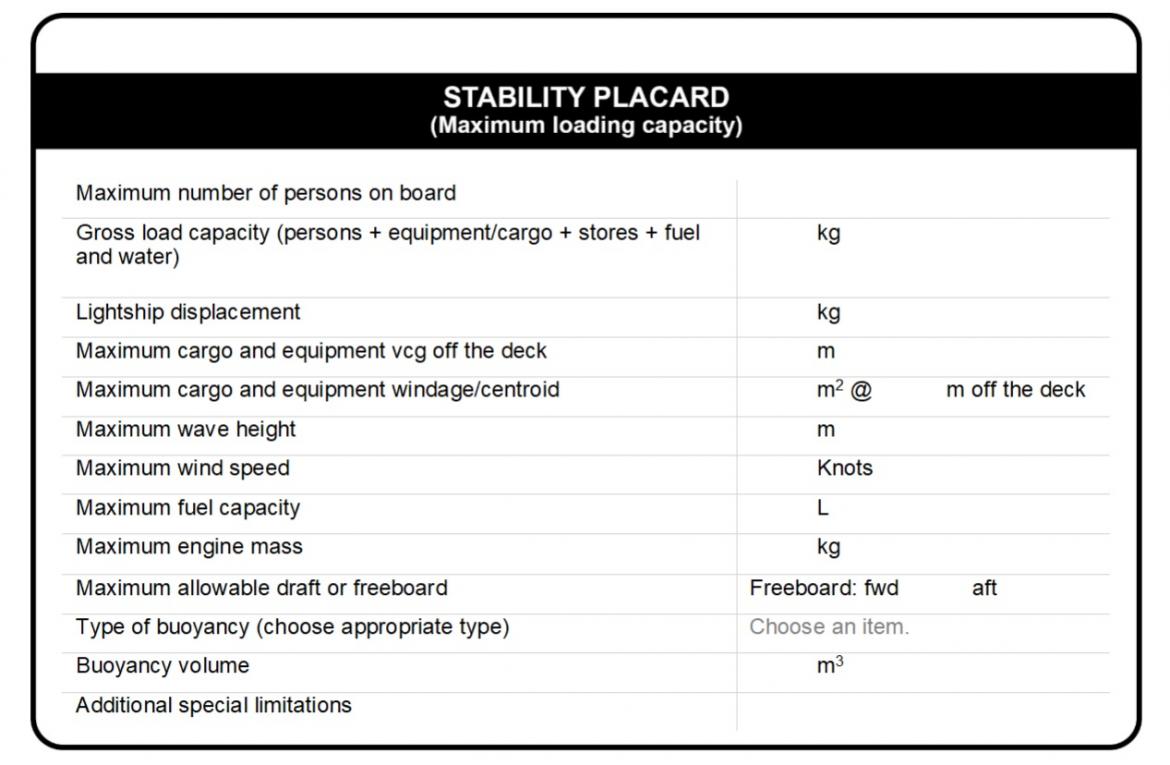
The new standards, contained in Section C2 of the National Standard for Commercial Vessels (NSCV), replace three technical standards contained in the Uniform Shipping Laws (USL) Code.
Compliance with the new standards will not be mandatory until 1 January 2025. New vessel constructions commencing in this period will have the option of complying with either NSCV section C2 or USL Code sections 5C, 5D and 7. However, vessel owners will need to comply with one or the other-not elements of both.
As well as consolidating the three sections of the USL Code into one standard, the NSCV section C2 also reflects current technology, international standards and best practice, and addresses safety risks highlighted by several fatal and serious incidents over the last four decades. These incidents have highlighted the importance of:
- the effectiveness of watertight and weathertight components such as hatches, doors and through-hull fittings
- rapid drainage of water from decks
- reserve buoyancy
- not overloading.
NSCV C2 was developed with the guidance of a domestic commercial vessel technical advisory panel (TAP) made up of 11 industry stakeholders, including accredited marine surveyors and representatives of professional associations and educational institutions. The broader industry then had the opportunity to provide feedback on the proposed changes via webinars and a public consultation, which further shaped the new standard.
What's new
The new NSCV C2 contains the following key changes:
- New freeboard mark is required for vessels 12 meters and over, except passenger vessels and larger workboats that are already required to have a load line.

- Stability placard for vessels under 12 meters. Vessels under 7.5 meters in length must display a stability placard. Vessels between 7.5 and 12 meters in length must display a stability placard if they are unable to display the required freeboard mark. The placard must be visible, preferably in the cockpit or near the main steering position in a prominent position.

- Alignment with international standards for windows and portlights, marking of doors, doors and hatches, valves and through-hull fittings and drain plugs.
- Rapid drainage requirements-new requirements for scuppers (drains) and freeing ports to provide rapid drainage for decks and enclosed spaces. A simple and practical option has been added for calculating freeing port areas for vessels under 12 meters and a simplified time to drain option for vessels under 24 meters in length.
- Improved and simplified approach to flush hatches-the current Generic Equivalent Solution 2017/19 has been incorporated into NSCV C2, with simplified tables and additional notes.
- Clarification of:
- the assessment of watertight and weathertight components, to ensure consistency across industry
- installation testing and verification of watertight and weathertight components, to ensure consistency across industry
- material standards for seacocks and drain plugs for vessels under 24 meters. Also allows the use of modern materials like polymer in certain places when manufactured to ISO 9093.
Learn more about NSCV C2 and the available tools.